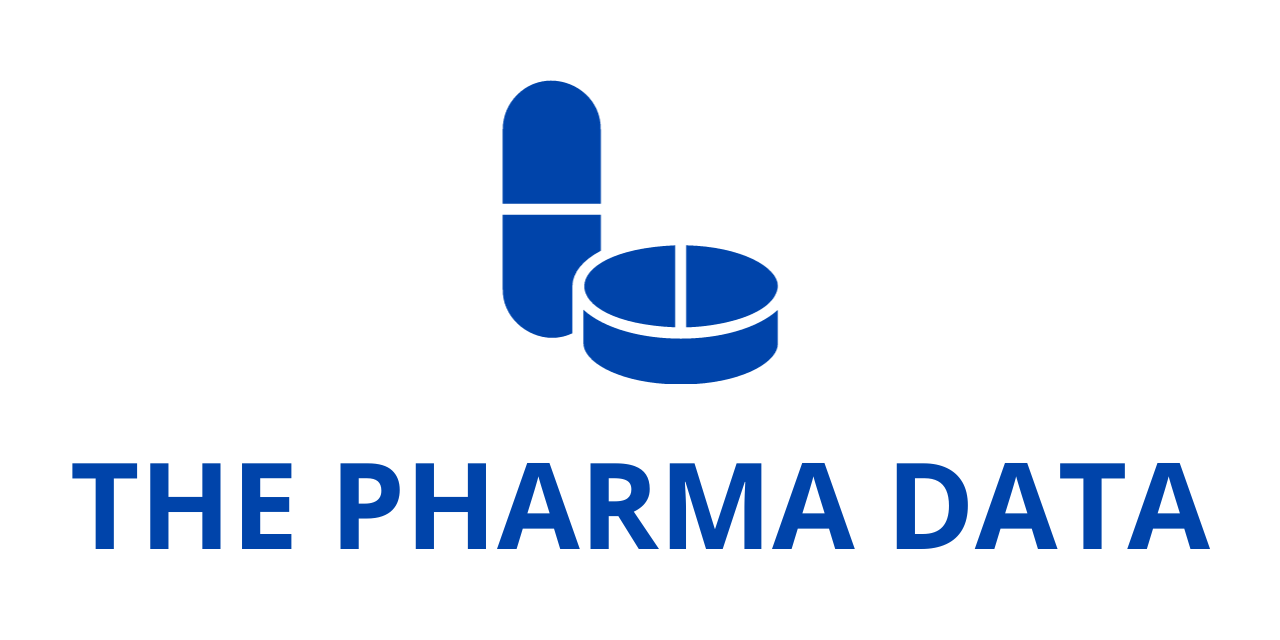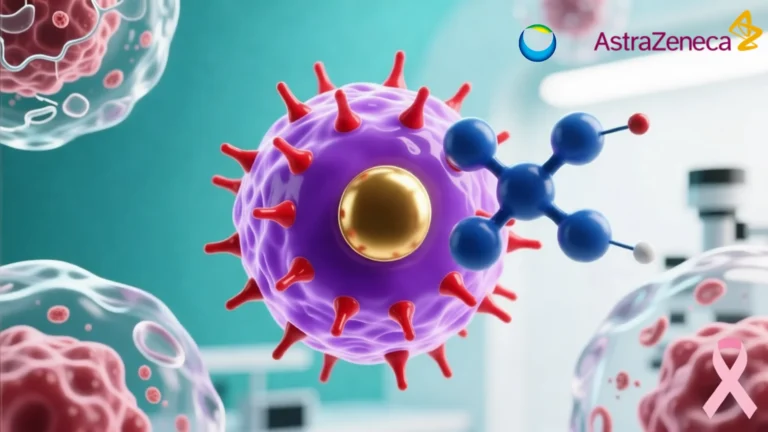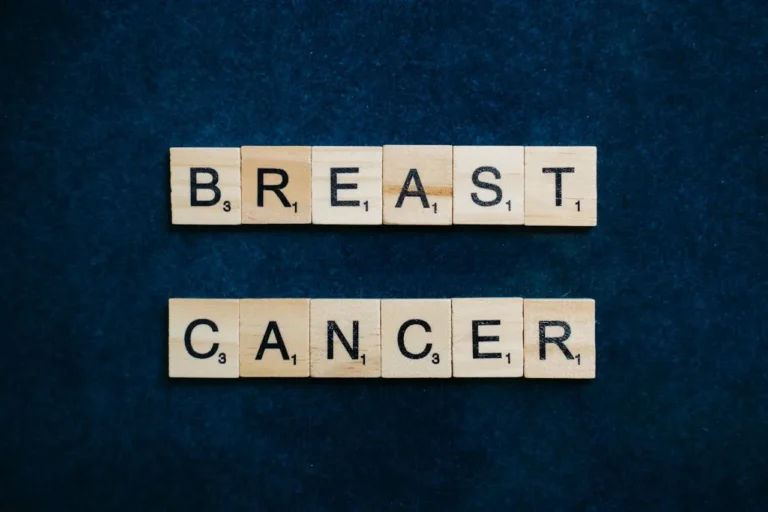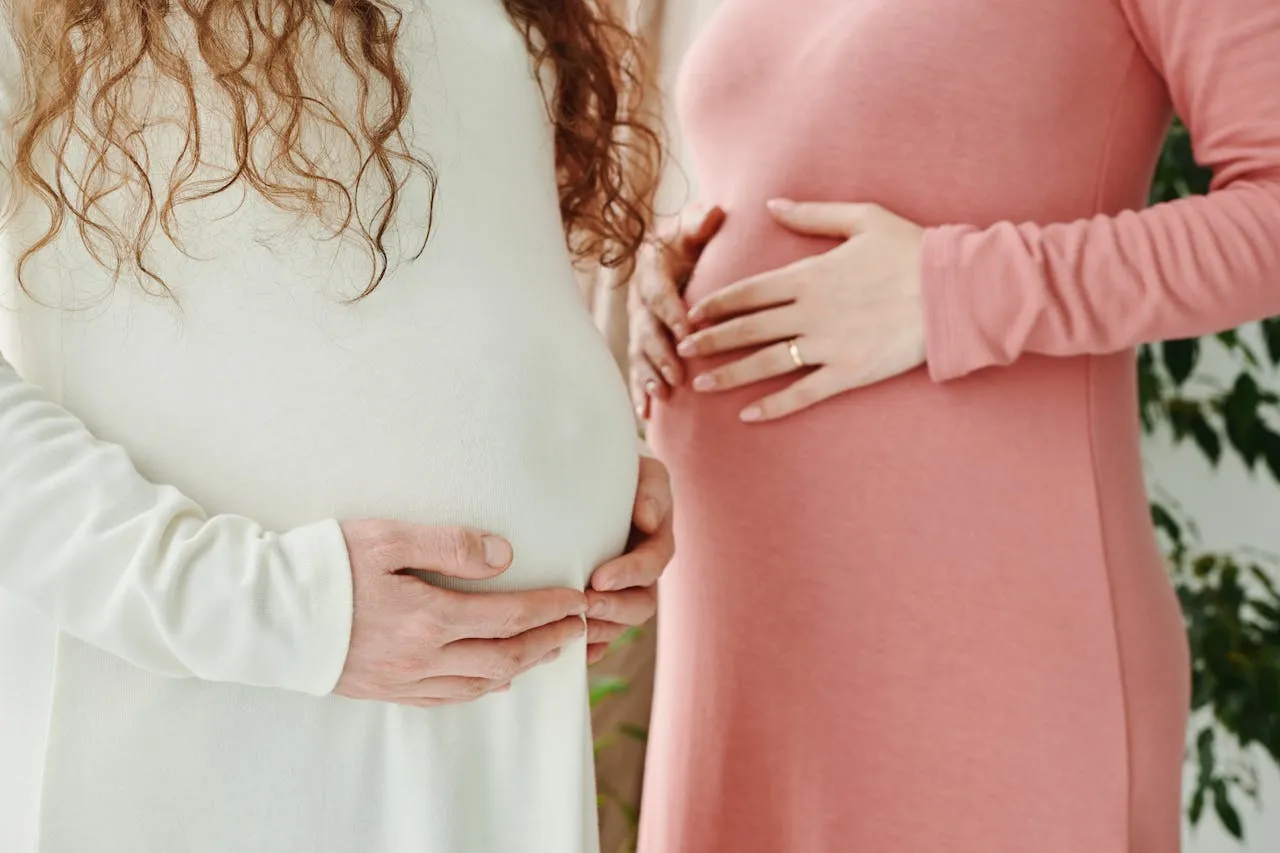
Maternal sepsis is a life-threatening condition that arises from an infection during pregnancy, childbirth, post-abortion, or the postpartum period. It is a significant public health challenge and ranks as the third leading cause of maternal mortality worldwide. In addition to endangering the lives of mothers, maternal infections and sepsis can result in neonatal infections and other severe neonatal complications. The global burden of maternal sepsis underscores the urgency of implementing preventive and therapeutic measures to reduce its incidence and improve maternal and neonatal outcomes.
The Global Impact of Maternal Sepsis
Sepsis is a systemic response to infection that can lead to organ failure and death if not promptly treated. Maternal sepsis, in particular, contributes to a considerable percentage of overall sepsis-related deaths worldwide. The condition disproportionately affects low- and middle-income countries, where healthcare access is often limited, and the quality of maternal care varies widely. However, it remains a concern in high-income nations as well, particularly among marginalized populations with limited healthcare access.
The impact of maternal sepsis extends beyond mortality statistics. Women who survive severe infections may suffer from long-term complications, including chronic pain, infertility, and psychological trauma. Furthermore, neonatal infections arising from maternal sepsis can lead to preterm birth, low birth weight, and increased neonatal mortality, creating an intergenerational cycle of health challenges.
WHO’s Commitment to Reducing Maternal Sepsis
Recognizing the urgent need for effective interventions, the World Health Organization (WHO) has developed comprehensive guidelines to prevent and manage maternal sepsis. These guidelines, outlined in the WHO recommendations for the prevention and treatment of maternal peripartum infections, serve as a critical resource for healthcare providers and policymakers. Their primary objective is to create a framework for sustainable healthcare strategies that enhance the quality of antenatal, intrapartum, and postnatal care for all women and newborns.
A key component of WHO’s recommendations is the emphasis on infection prevention. This includes improved hygiene practices during childbirth, timely administration of antibiotics when necessary, and strengthened healthcare systems to ensure the prompt detection and management of infections. Additionally, the WHO supports efforts to enhance maternal education and promote awareness of infection risks, empowering women to seek timely medical care when needed.
The Role of Global Health Initiatives
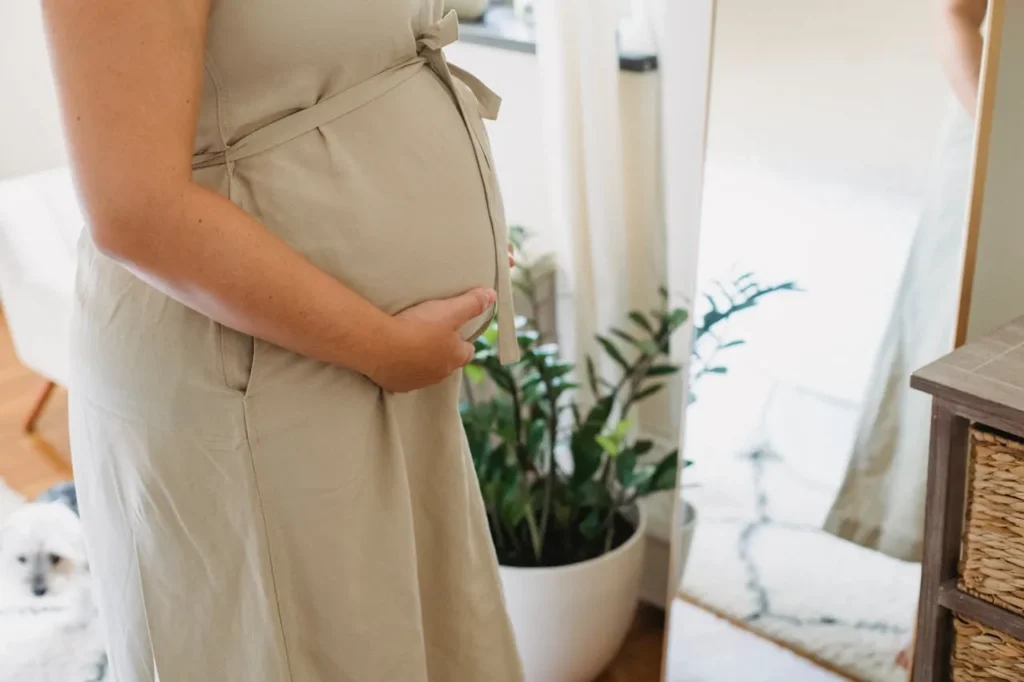
Reducing maternal and neonatal sepsis is essential for achieving the Sustainable Development Goals (SDGs), particularly Goal 3, which aims to ensure healthy lives and promote well-being for all at all ages. Addressing maternal sepsis aligns with global health initiatives focused on reducing maternal mortality and improving perinatal health outcomes.
Several international organizations and governments have launched programs to strengthen healthcare systems. These efforts include increasing healthcare workforce training, improving access to essential medicines, and ensuring that healthcare facilities are equipped to manage infections effectively. Strengthening infection prevention and control (IPC) measures, particularly in resource-limited settings, is a fundamental aspect of these global strategies.
The Importance of Antibiotic Prophylaxis During Labour
As part of its commitment to advancing best clinical practices in labour and childbirth, WHO is prioritizing the evaluation of antibiotic prophylaxis during vaginal birth. Prophylactic antibiotic administration is commonly used to prevent infections following surgical procedures such as cesarean sections, but its role in vaginal births remains an area of ongoing research and discussion.
The introduction of a new recommendation related to antibiotic prophylaxis during labour for vaginal births is aimed at minimizing the risk of peripartum infections. Infections acquired during or shortly after childbirth, such as endometritis and sepsis, can have devastating consequences if left untreated. While antibiotics can be a powerful preventive measure, their use must be carefully considered to balance efficacy with the risk of antibiotic resistance.
Upcoming WHO Guideline Development Group Meeting
To review the evidence and develop a recommendation on antibiotic prophylaxis during labour, WHO has scheduled a Guideline Development Group (GDG) meeting on April 9–10, 2025. The GDG comprises leading experts in and neonatal health, infectious diseases, and pharmacology. Their role is to evaluate the latest research findings and provide evidence-based recommendations to guide clinical practice worldwide.
In compliance with the requirements set by the WHO Guidelines Review Committee and the WHO Compliance, Risk Management, and Ethics Office, the organization is ensuring a transparent and unbiased guideline development process. As part of this commitment, short biographies of GDG members have been published online, allowing stakeholders and the general public to review the experts involved in the decision-making process.
Furthermore, all GDG members have submitted a Declaration of Interest (DOI) form to disclose any potential conflicts of interest. WHO has applied rigorous internal processes to assess these disclosures and ensure that the guideline development process remains impartial. This transparency is vital for maintaining the credibility of WHO’s recommendations and fostering trust among healthcare professionals and the public.
Call for Public Review and Feedback
WHO recognizes the importance of stakeholder engagement in the development of global health policies. To uphold transparency and accountability, the organization is inviting public feedback on the experts and stakeholders involved in the GDG. Any concerns regarding potential conflicts of interest or biases are encouraged to be submitted for review. By incorporating diverse perspectives and maintaining open communication, WHO aims to develop guidelines that are both scientifically sound and widely accepted.
The Path Forward: Strengthening Maternal Sepsis Prevention and Management
Addressing maternal sepsis requires a multi-faceted approach that encompasses prevention, early detection, and prompt treatment. Several key strategies can help reduce the burden of maternal sepsis globally:
- Enhancing Healthcare Infrastructure: Investing in healthcare facilities, particularly in low-resource settings, can improve access to timely and high-quality maternal care. This includes ensuring the availability of essential antibiotics, trained healthcare providers, and sterile medical equipment.
- Promoting Antenatal and Postnatal Care: Regular antenatal and postnatal check-ups allow for early identification of infections and timely interventions. Strengthening maternal healthcare services can reduce the likelihood of complications leading to sepsis.
- Educating Healthcare Providers and Patients: Raising awareness about the risks of maternal sepsis and best practices for infection prevention can empower both healthcare professionals and expecting mothers to take proactive measures.
- Advancing Research and Policy Development: Continued investment in research on maternal infections and sepsis will support the development of evidence-based guidelines and policies. Policymakers must prioritize maternal health initiatives to sustain progress in reducing sepsis-related mortality.
- Combating Antibiotic Resistance: While antibiotics are essential in preventing and treating maternal infections, their overuse can contribute to antibiotic resistance. Healthcare providers must adhere to evidence-based guidelines to ensure responsible antibiotic use.
Maternal sepsis remains a significant global health challenge, but concerted efforts at the local, national, and international levels can help mitigate its impact. WHO’s commitment to reviewing and updating clinical guidelines, such as the recommendation on antibiotic prophylaxis during labour, reflects its dedication to improving and neonatal health outcomes.
By strengthening healthcare systems, enhancing infection prevention measures, and fostering collaboration between healthcare providers, researchers, and policymakers, the global community can make significant strides in reducing maternal sepsis-related morbidity and mortality. The upcoming GDG meeting and subsequent guideline development efforts mark an important step toward achieving safer pregnancy and childbirth experiences for women worldwide. Public engagement and feedback will be instrumental in ensuring that these guidelines effectively address the needs of diverse populations and promote evidence-based maternal care practices.
